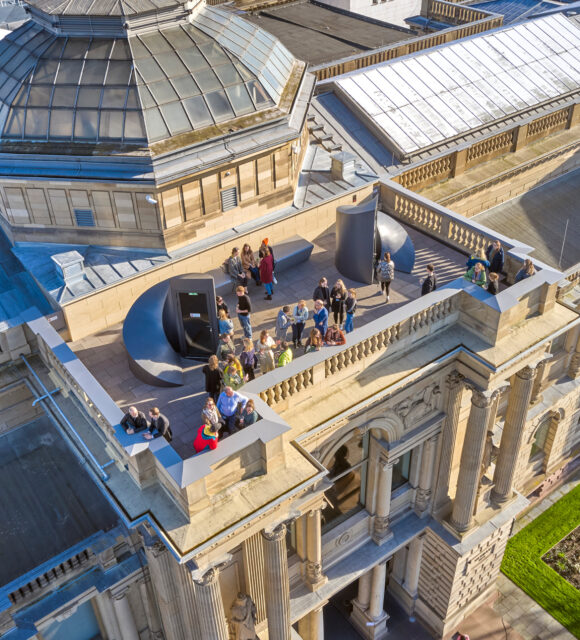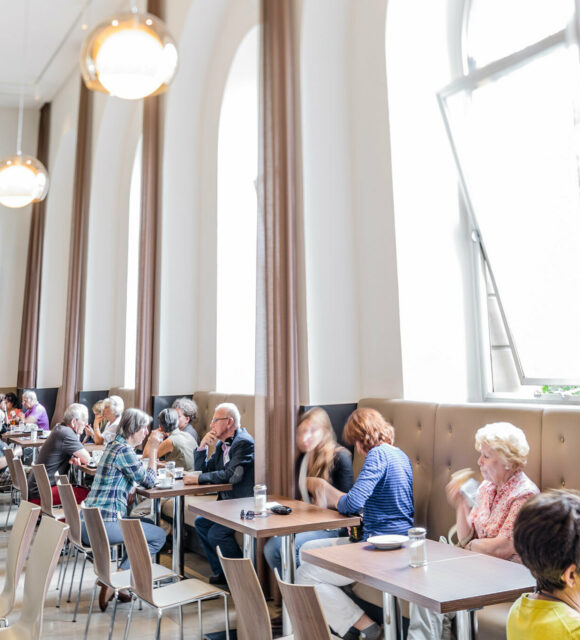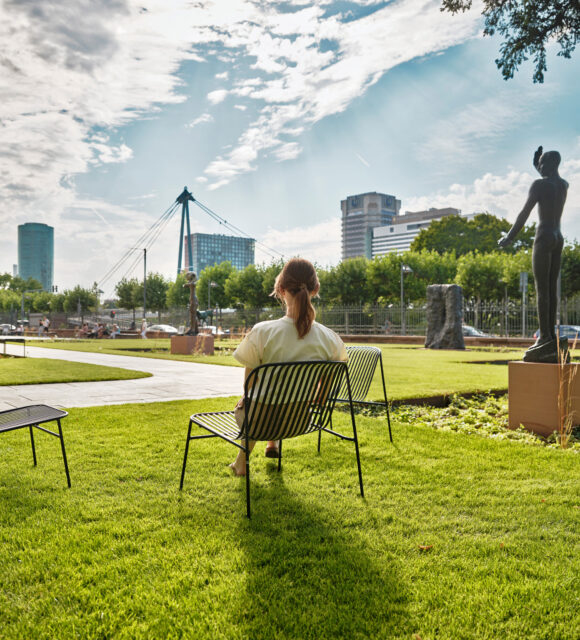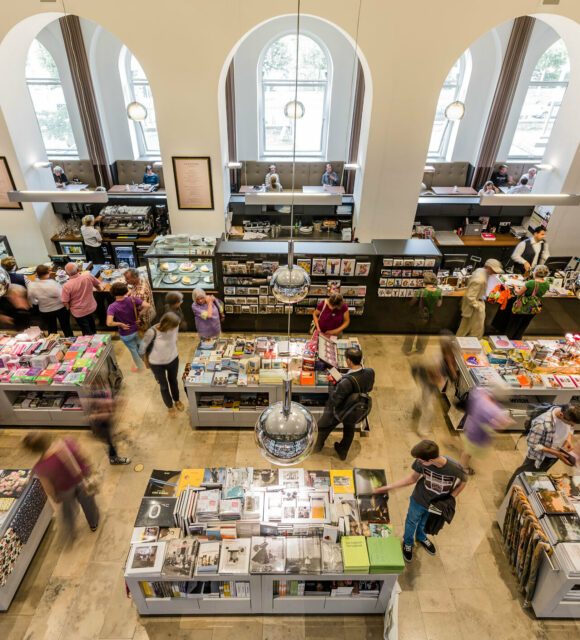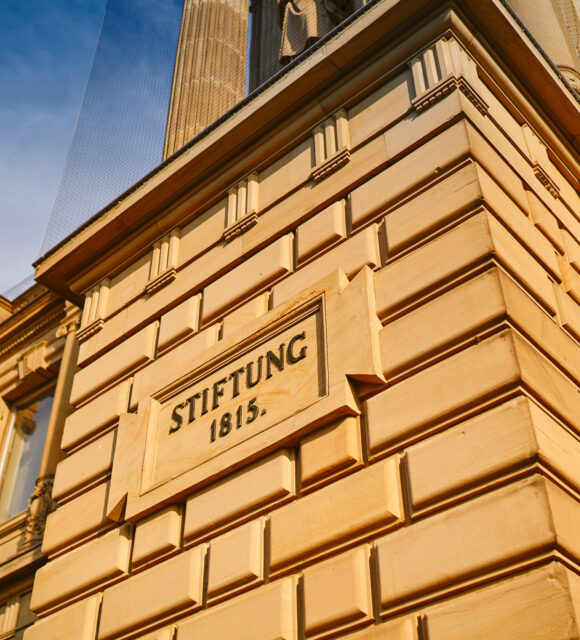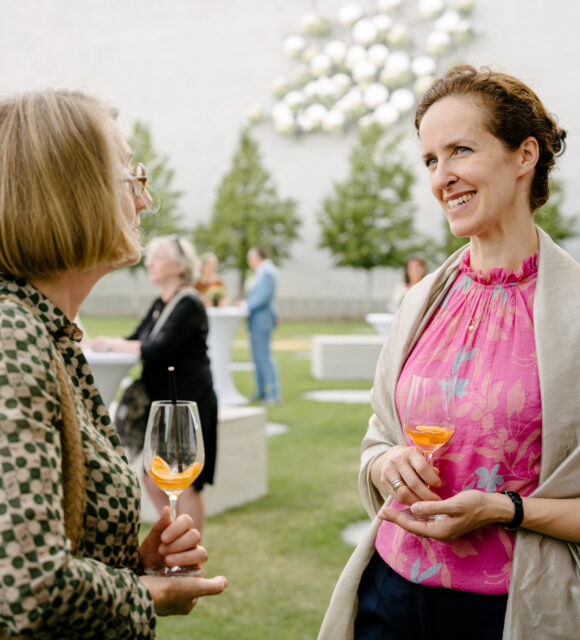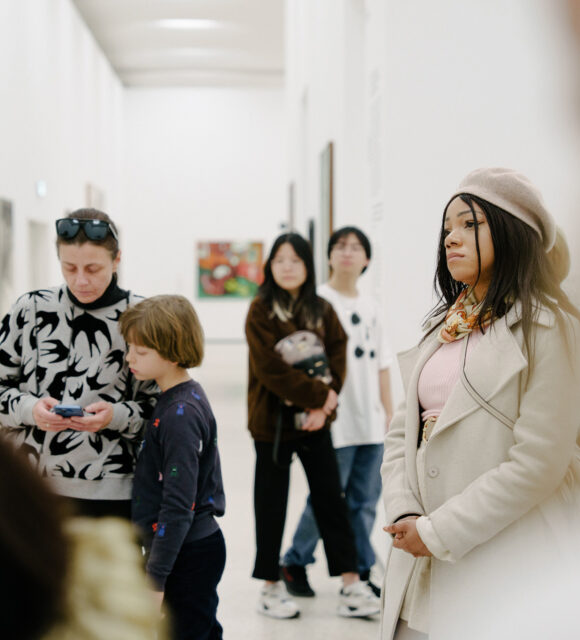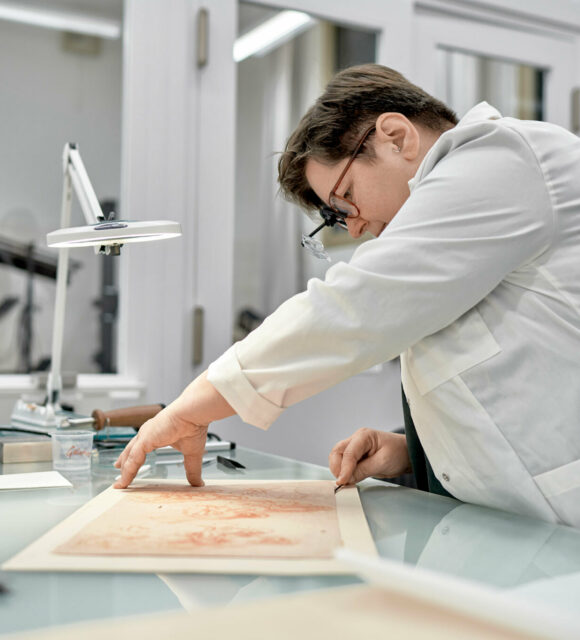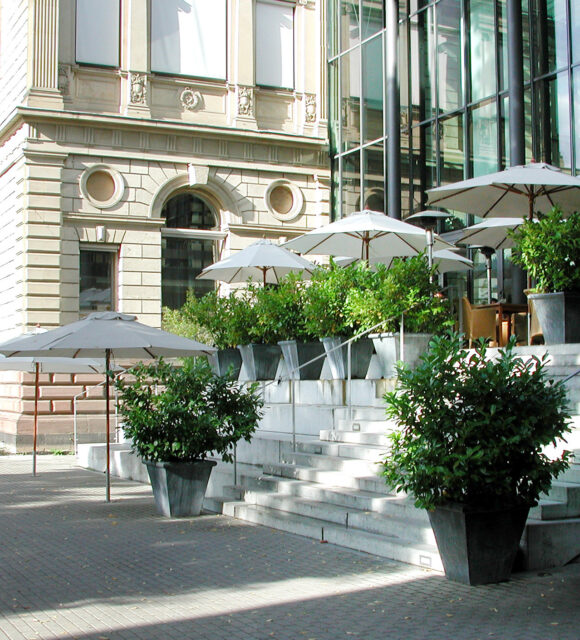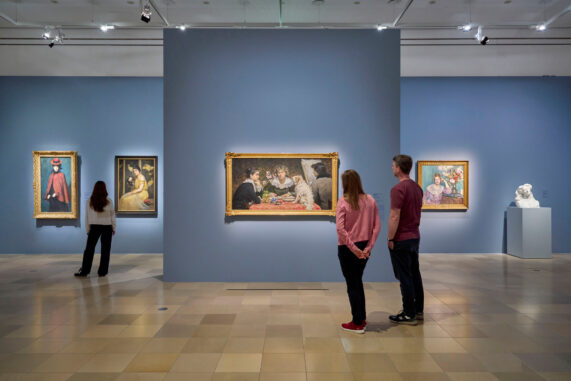
About the Exhibition
Modernism is unimaginable without the contribution of women artists. Not only well-known women painters and sculptors such as Louise Breslau, Ottilie W. Roederstein, and Marg Moll, but also many others successfully established themselves in the art world during the period around 1900—Erna Auerbach, Mathilde Battenberg, Ida Gerhardi, Annie Stebler-Hopf, Elizabeth Nourse, and Louise Schmidt, to name just a few. In Paris and Frankfurt alike, women artists built international networks and supported one another. As influential teachers and art agents, some of them also shaped the history of the Städel Museum and Städelschule. The Städel Museum presented some 80 paintings and sculptures by altogether 26 women artists.
On display were significant artworks from renowned American and European museums and numerous works from private collections, which are exhibited for the first time. Previously unpublished archival materials accompanied the works. Photographs and letters told of international studio collectives, the strategic importance of professional artist associations, and successes, but also of continual efforts to gain recognition. The exhibition turned the spotlight on women artists, who showed great independence by choosing art as a profession, as they were not unique exceptions in a cultural industry dominated by male “artistic geniuses”. A complex picture of the training and working situation faced by women artists in the modern age emerged from the perspective of the networks, spanning from the struggles of the trailblazers in Paris in the 1880s, to the first women sculptors at the Städel art school around 1900, to a young, self-confident generation of women artists involved with the Neues Frankfurt during the 1920s and 1930s. The stylistically very different works showed the diversity of women’s positions in art and reflected the time’s radical social and aesthetic upheavals. In their works, these women painters and sculptors deal with subjects like professionalism and friendship, the representation of the human nude and conventional gender roles while commenting on their own situations. They not only took advantage of painting and drawing for this purpose but also made increasing strides into the field of sculpture, reputedly considered the “most masculine” genre in art, due to the physical exertion required as well as its technical and material demands.
Städel Museum Curators
Dr Alexander Eiling (Head of Modern Art)
Eva-Maria Höllerer (Curator, Modern Art)
Aude-Line Schamschula (Research Associate, Modern Art)
Historical Archive
Dr Iris Schmeisser (Head of Provenance Research and Archives)
Roederstein-Jughenn-
Archive
The exhibition is the result of a research project that started with the retrospective on the painter Ottilie W. Roederstein (2022). The Roederstein-Jughenn Archive domiciled in the Städel Museum since 2019 provides insights into a network of women around Roederstein who supported and encouraged one another in matters of training and exhibiting, while also providing each other practical help. Private and professional connections of this kind contributed significantly to the professionalization of women painters and sculptors and their ability to gain a foothold in the art world of the late 19th and early 20th centuries.
The most important resources in the Roederstein-Jughenn Archive at the Städel Museum are currently being made accessible online.
Film
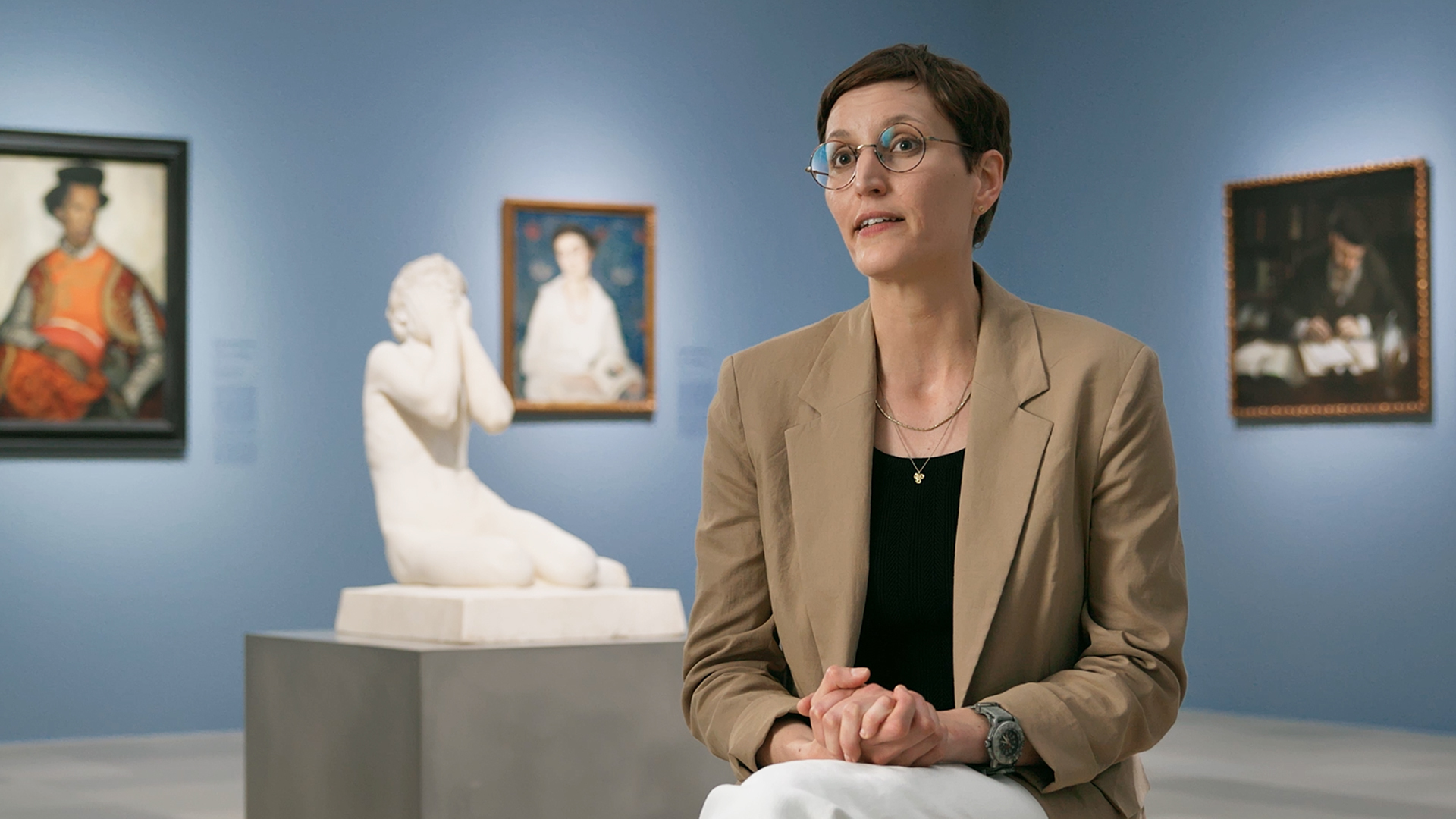
Sponsors & Patrons
Sponsored by
Kulturfonds Frankfurt RheinMain gGmbH, Damengesellschaft of the Städelscher Museums-Vereins e. V., Dr. Marschner Stiftung, Ernst von Siemens Kunststiftung, CATRICE
Media Partner
Frankfurter Allgemeine Zeitung
Culture Partner
hr2 kultur





